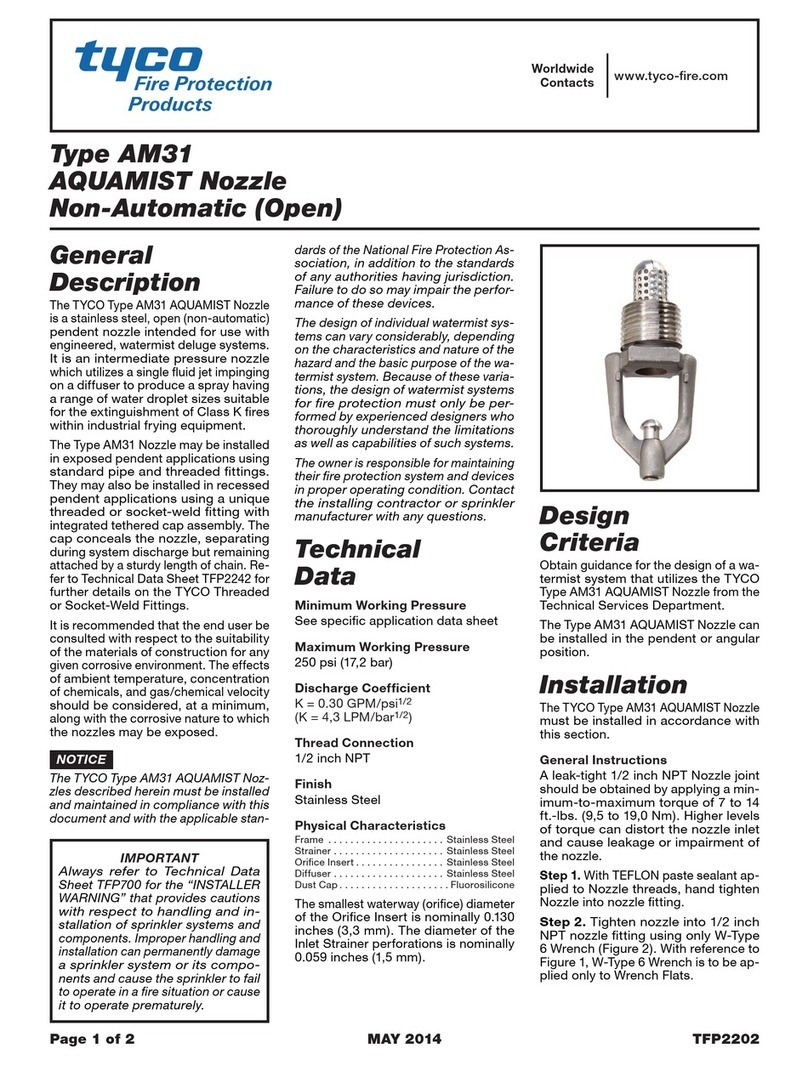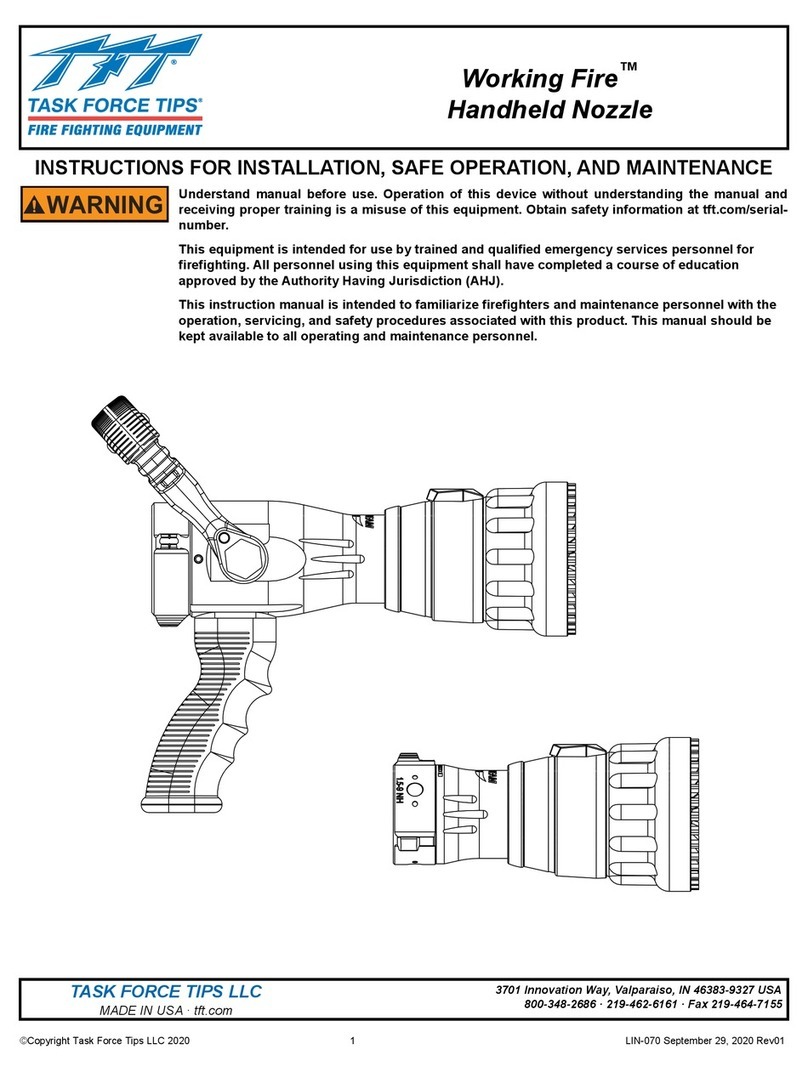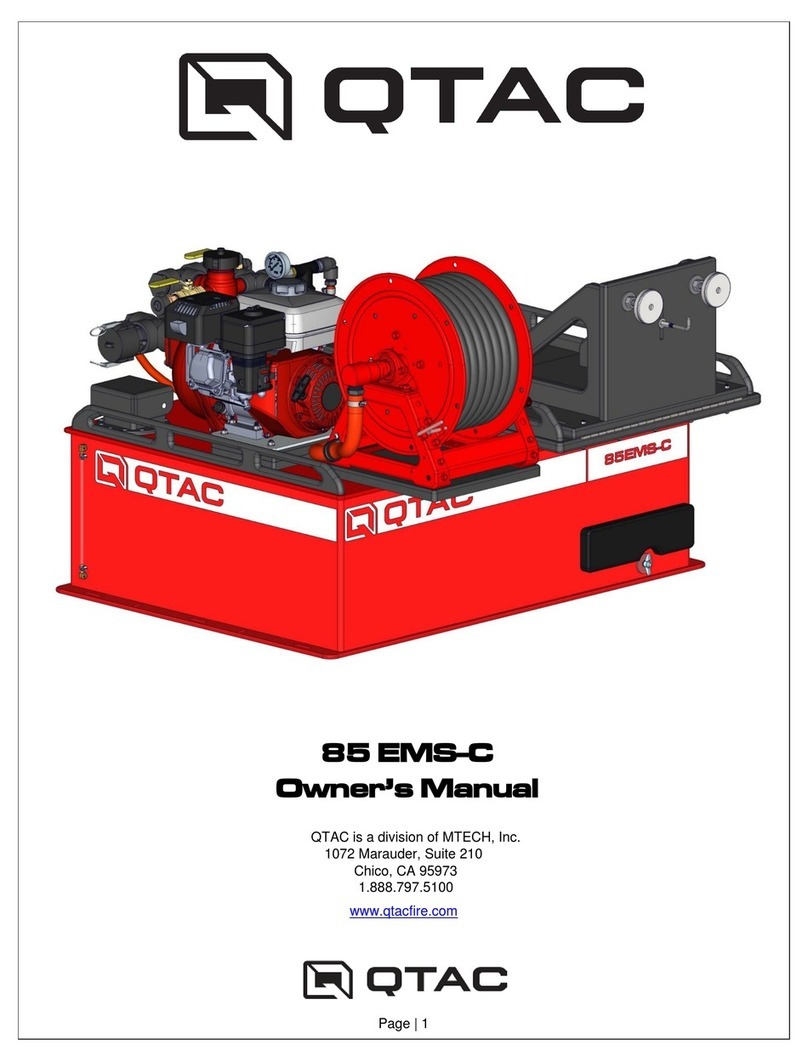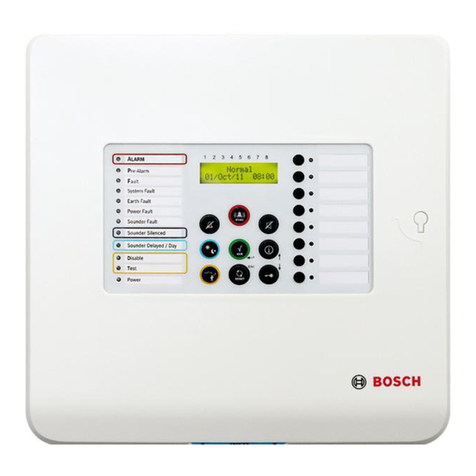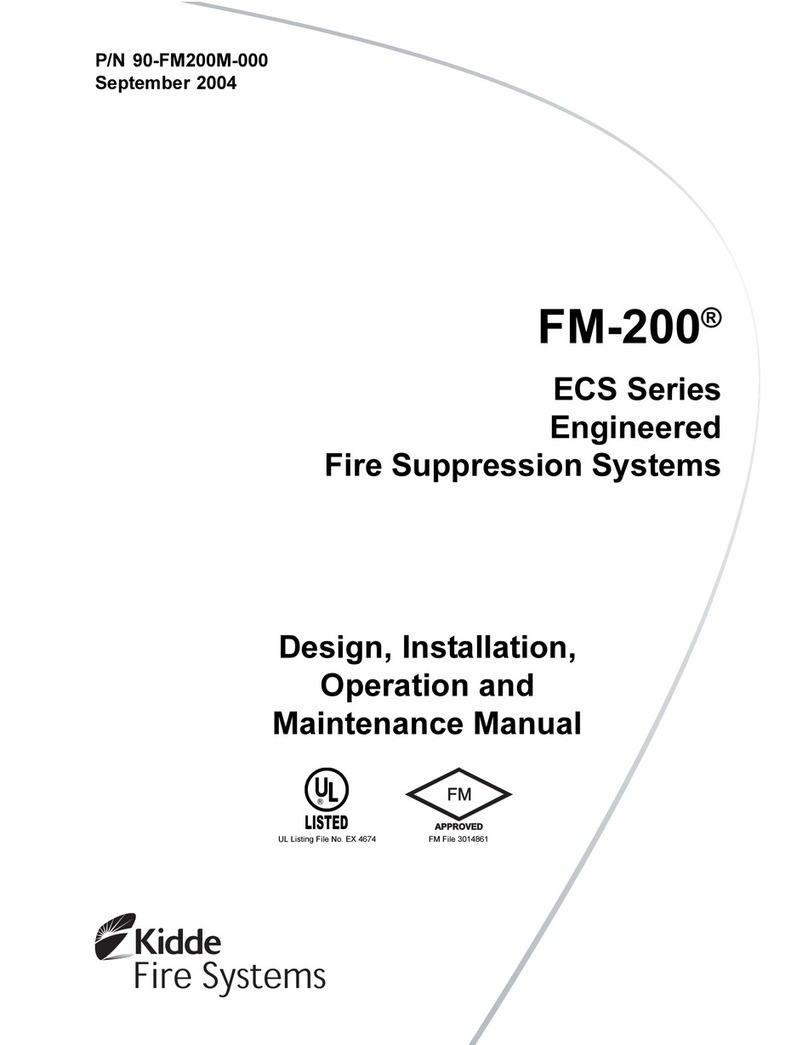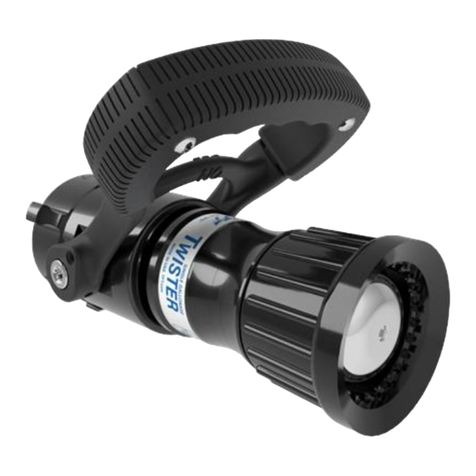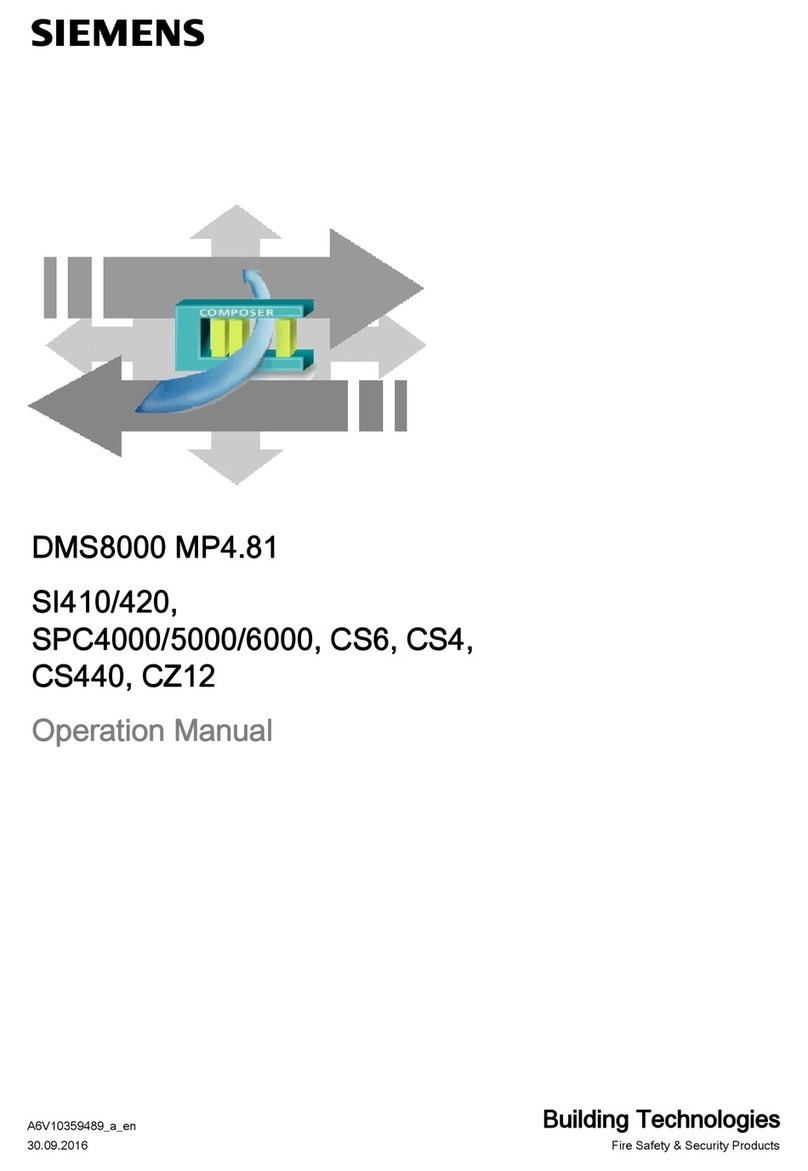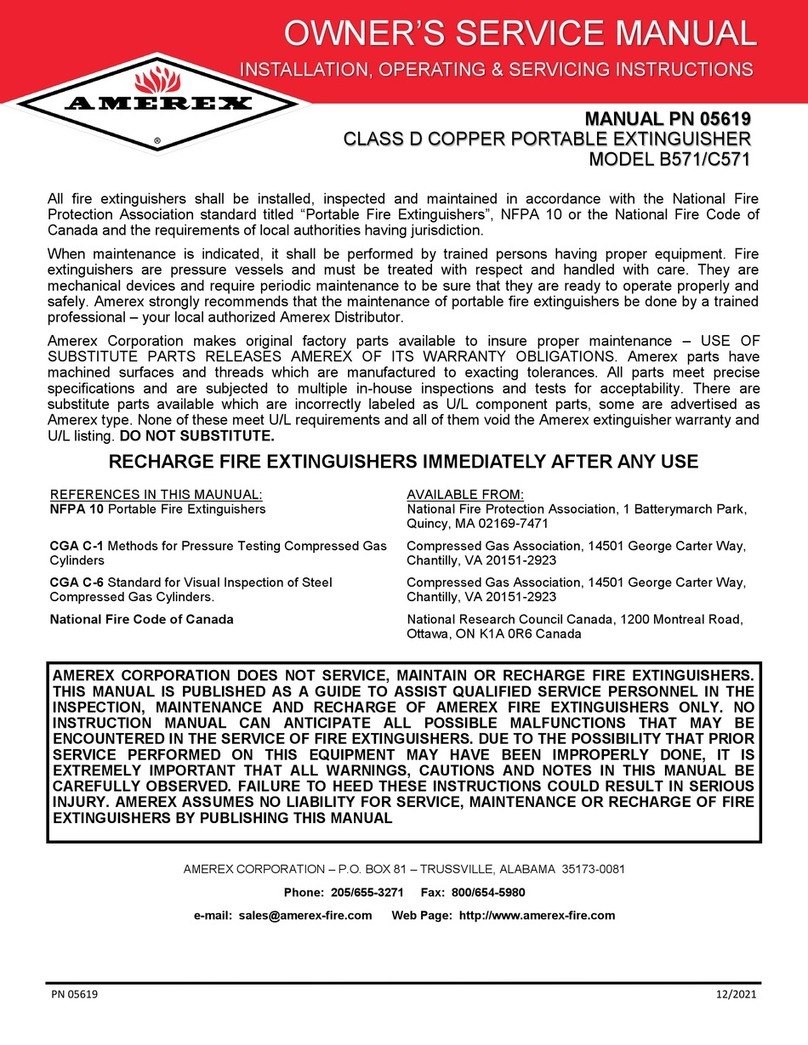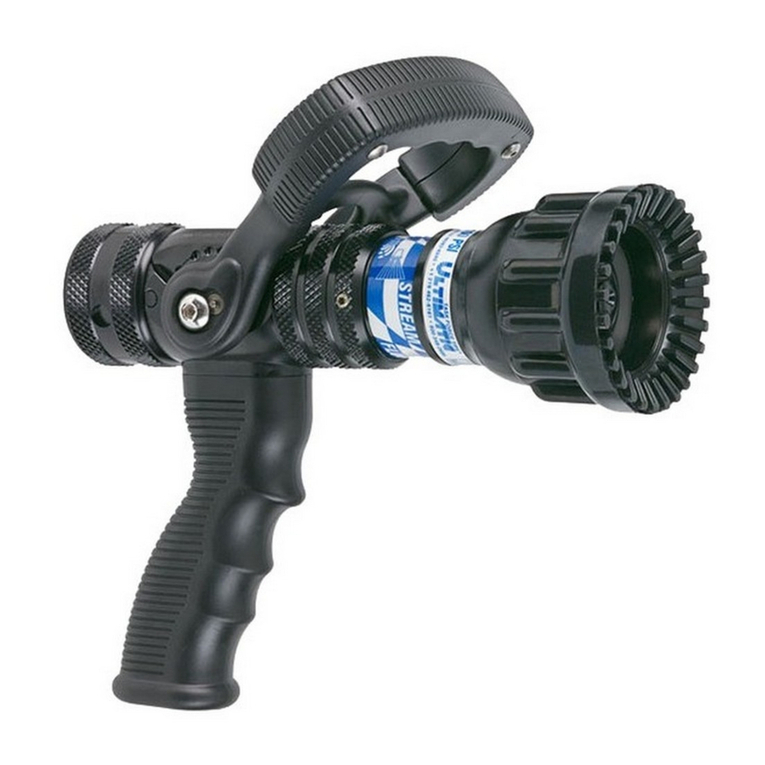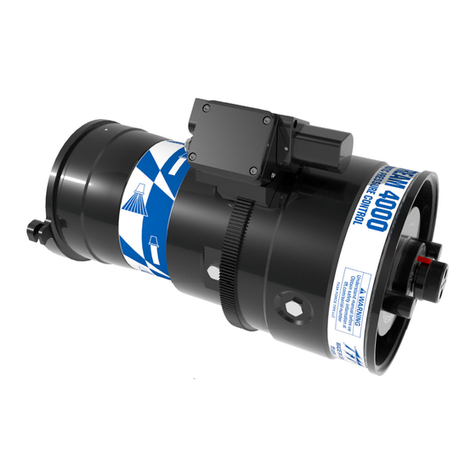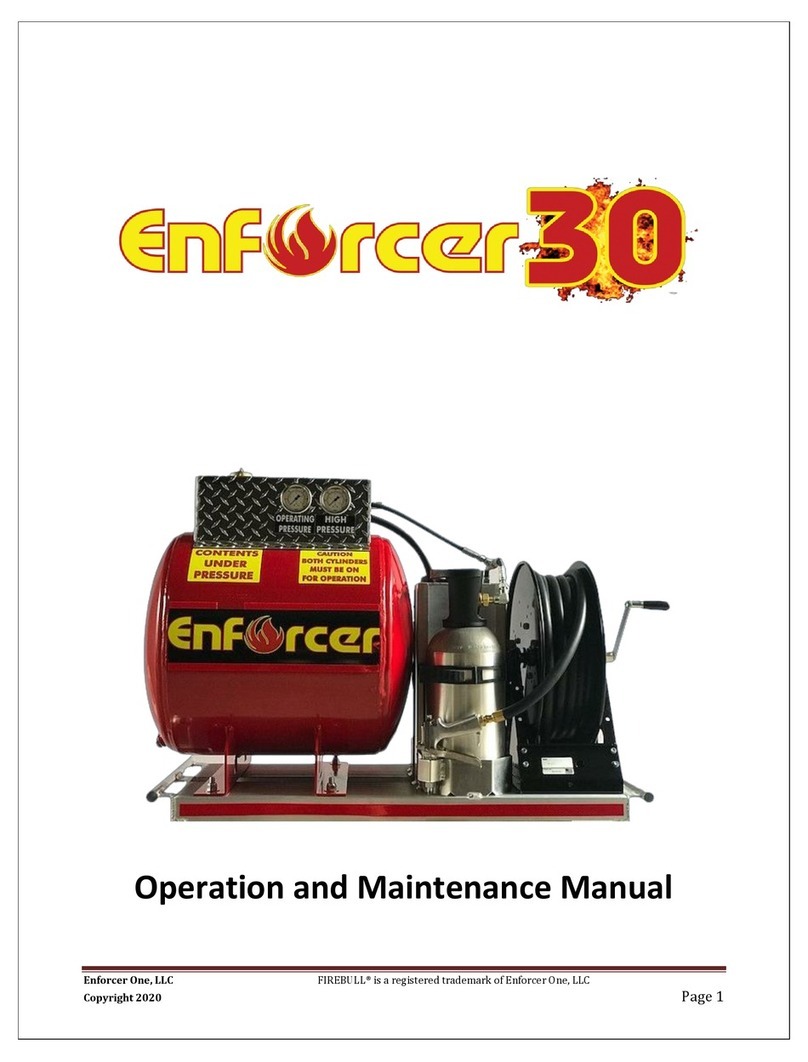
Page 3 of 113
FirePro Xtinguish I&O Manual V1.05 UL
8.1 Working Documents ................................................................................................................................ 21
8.1.1 Specifications.................................................................................................................................... 21
8.1.2 Working Plans................................................................................................................................... 21
8.1.3 Approval of Plans ............................................................................................................................. 22
8.2 Enclosure ................................................................................................................................................. 22
8.2.1 Loss of Agent .................................................................................................................................... 22
8.3 Condensed Aerosol System Agent Supply ............................................................................................. 23
8.3.1 Quantity ............................................................................................................................................ 23
8.4 Design Application Density ...................................................................................................................... 23
8.4.1 Determining Design Application Density .......................................................................................... 23
8.4.2 Fuel Types: ....................................................................................................................................... 23
8.5 Total Flooding Quantity ........................................................................................................................... 25
8.5.1 Quantity Calculation ......................................................................................................................... 25
8.5.2 Additional Design Factors ................................................................................................................. 25
8.5.3 Duration of Protection ....................................................................................................................... 25
8.5.4 Discharge Time................................................................................................................................. 25
8.5.5 Extended Discharge ......................................................................................................................... 25
8.5.6 Safety Vents ..................................................................................................................................... 25
8.5.7 Generator Choice and Location........................................................................................................ 26
8.6 Preparing the Enclosure Prior to Aerosol Discharge............................................................................... 26
8.7 Working in a Room or Enclosure Protected by FirePro Xtinguish .......................................................... 26
9Condensed Aerosol Fire Extinguishing System Arrangement .................................................................. 27
9.1 Minimum Safe Distances ......................................................................................................................... 27
9.2 Safety Requirements ............................................................................................................................... 27
9.3 Electrical Clearances ............................................................................................................................... 28
9.4 Precautions While Handling the Generator Units.................................................................................... 28
9.5 Storage and Transport ............................................................................................................................ 29
9.6 Storage Conditions .................................................................................................................................. 29
9.7 Replacement / Removal from Service ..................................................................................................... 29
10 Detection, Actuation, Alarm and Control Systems ................................................................................ 30
10.1 General .................................................................................................................................................. 30
10.2 Raceways .............................................................................................................................................. 30
10.3 Automatic Detection .............................................................................................................................. 30
10.4 Operating Devices ................................................................................................................................. 30
10.5 Fire Alarm Control Panel ....................................................................................................................... 31
10.6 Operating Alarms and Indicators ........................................................................................................... 31
10.7 Warning Devices ................................................................................................................................... 31
10.8 Abort Switches....................................................................................................................................... 32
10.9 Alarms Indicating Failure of Supervised Devices and Equipment ........................................................ 32
10.10 Warning and Instruction Signs ............................................................................................................ 32
